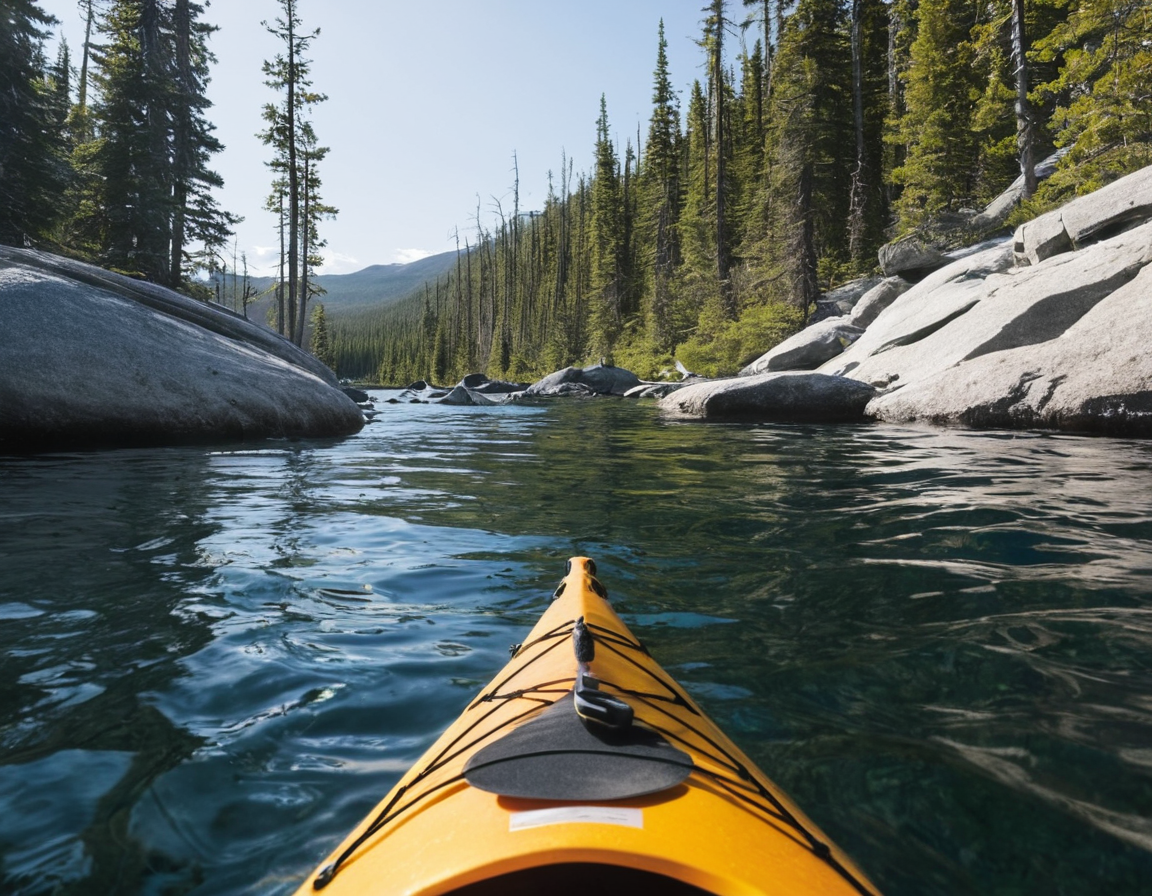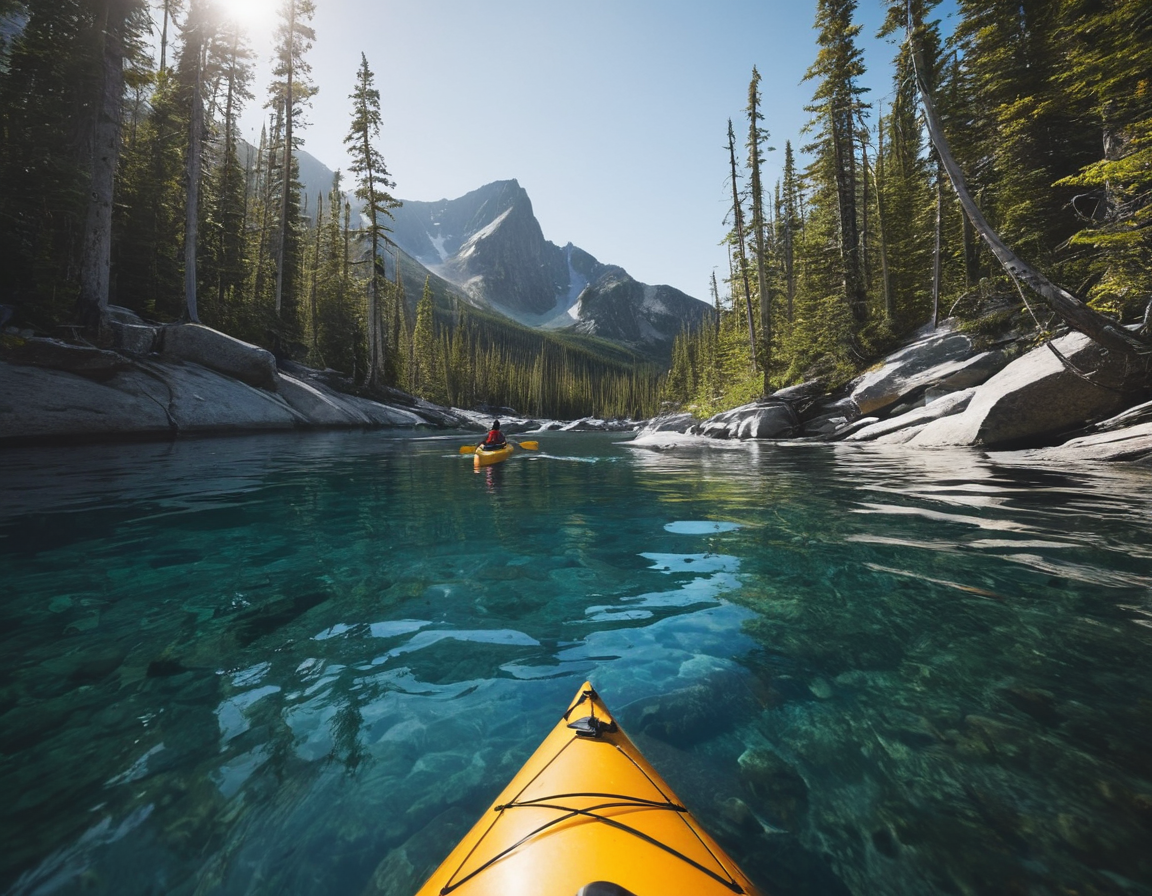MSM: Kayaking Through the Wilderness: A Guide to Navigating

Learn more about
Kayaking through the wilderness can be an exhilarating and rewarding experience, but it also requires careful planning and preparation. Whether you’re a seasoned kayaker or a beginner looking for your first adventure, this guide will provide you with essential tips on how to navigate safely and confidently through the wilderness.
First things first: before embarking on any kayaking trip, it is crucial that you have the right equipment. This includes a well-fitted life jacket or personal flotation device (PFD), a reliable kayak, paddle, and safety gear such as a whistle, compass, map, and first aid kit. It’s also important to check the weather forecast beforehand and let someone know where you are going and when you expect to return.
Once you have your equipment sorted out, it’s time to start planning your route. Before setting off on your journey, take some time to research the area you will be kayaking through. Familiarize yourself with any potential hazards such as rapids or shallow water areas and plan accordingly. It is also important to know where you can safely pull over if needed and where you can find shelter in case of bad weather. Learn more about Kayaking
When navigating through the wilderness, it’s essential to be aware of your surroundings at all times. Keep a lookout for any obstacles such as rocks or fallen trees that could pose a danger to your kayak. It is also important to pay attention to water levels and currents, which can change rapidly depending on weather conditions.
One of the most crucial aspects of navigating through the wilderness while kayaking is knowing how to read the water. This involves understanding the different types of water flow such as still water, moving water, and whitewater. Still water is calm and flat, making it ideal for beginners or those looking for a more leisurely paddle. Moving water has a gentle current that can be navigated with caution while whitewater refers to rapids and other fast-moving water which requires advanced skills and equipment.
When kayaking through the wilderness, always remember to take breaks when needed and drink plenty of water to stay hydrated. It’s also important to respect the environment you are in by leaving no trace behind and avoiding disturbing any wildlife you may encounter along the way.
In conclusion, navigating through the wilderness while kayaking can be a thrilling adventure if done safely and responsibly. By following these tips and guidelines, you’ll be well on your way to enjoying all that nature has to offer from the comfort of your kayak. So grab your gear, hit the water, and explore the beauty of the wilderness! Learn more about Through

